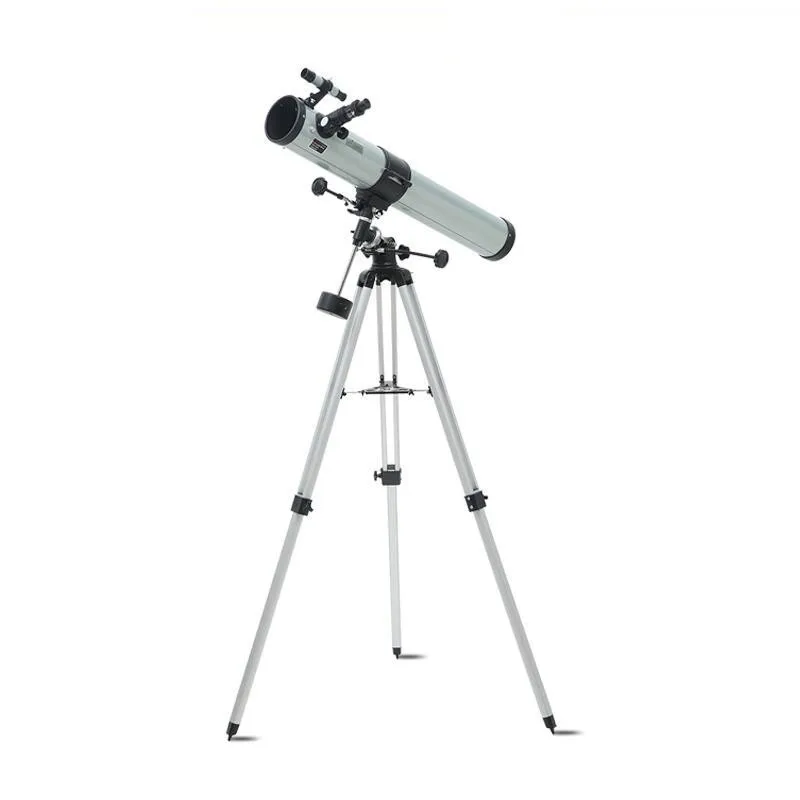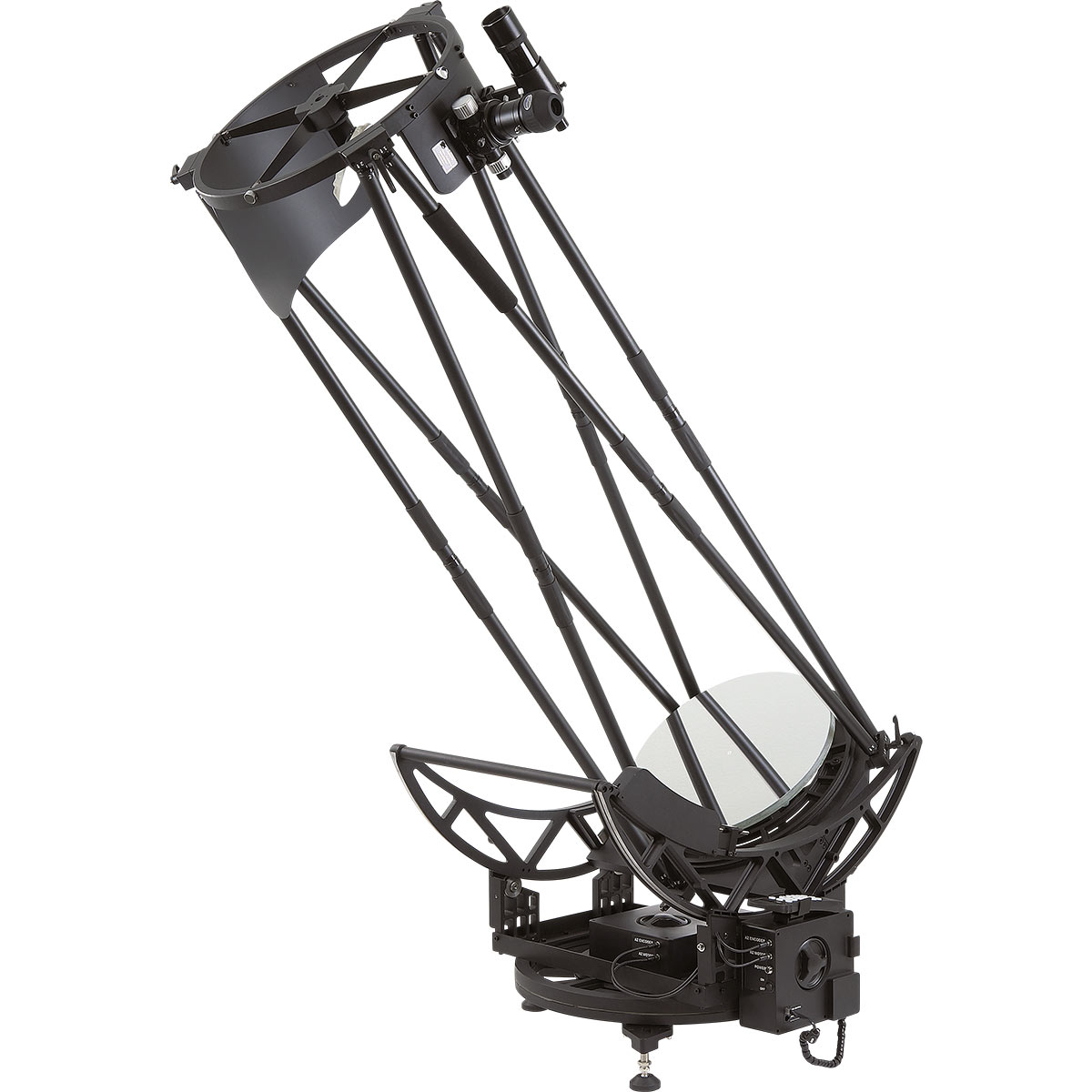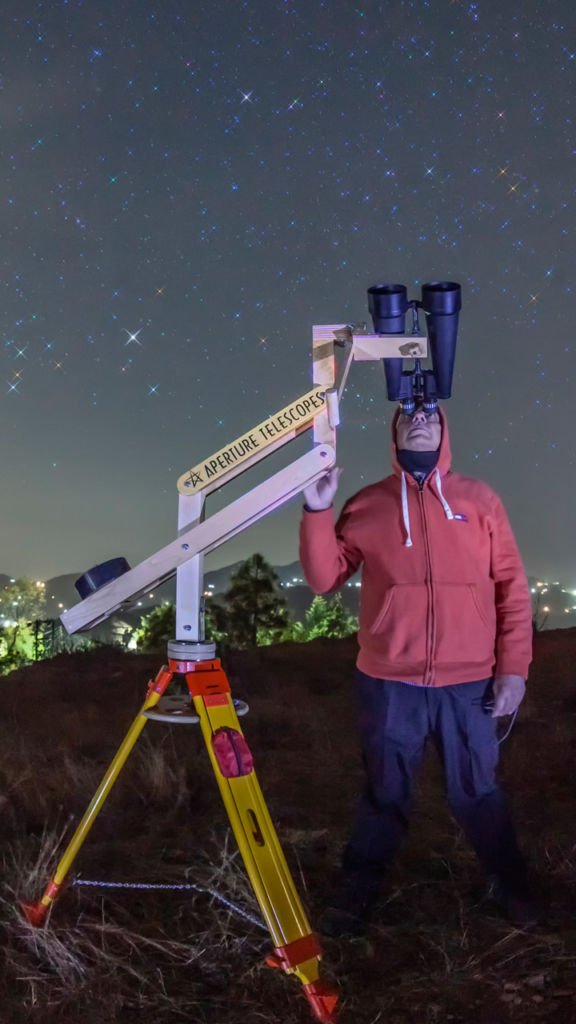

The focal ratio or f/number relates to the brightness of the image and the width of the field of view. Later, they can graduate to another, more advanced model. They should be able to use it by themselves and enjoy it. The mount should have a low center of gravity so that it does not tip over easily.įinally, remember that a child's first telescope need not be the only telescope they will ever use.The mount should be sturdy so that it does not vibrate.The mount should be not be too high for a child, so he or she can view through the eyepiece while standing.Let them learn their way around the night sky by identifying the constellations for each season. What kind of telescope would be good for a child?īefore you buy a telescope for your child, take him or her out skywatching for some time. Besides that, most astronomical objects are best viewed on a low magnification or power to gather the most light possible. Since any magnification can be achieved for almost any telescope by using different eyepieces, aperture becomes a more important feature than magnification. A general rule about magnification is that the telescope's maximum magnification is 40x to 60x (average = 50x) per inch of aperture. As the magnification of an image increases, the field of view and the brightness of the image decrease. The telescope's ability to magnify an image depends upon the combination of the lenses used, usually a long focal length objective lens or primary mirror in combination with a short focal length eyepiece. The magnification or power has little to do with the optical performance of the telescope, and is not a primary consideration. Often, manufacturers of "cheap, department store" telescopes will display "200x power or more" on the boxes of their products. This consideration is perhaps the most misleading to novice telescope buyers. The biggest telescope is not always the best one for you! How powerful should my telescope be? You want to buy as much aperture as you can reasonably afford however, avoid "aperture fever." You should also consider other factors like size, weight, storage space, portability and sky conditions.


Aperture is probably the most important consideration when buying a telescope, but it is not the only consideration. Generally, the bigger the lens or mirror, the more light the telescope collects and brings to focus, and the brighter the final image. The telescope's ability to collect light is directly related to the size or diameter ( aperture) of the objective lens or primary mirror.


 0 kommentar(er)
0 kommentar(er)
